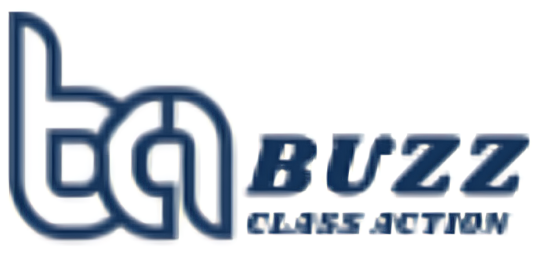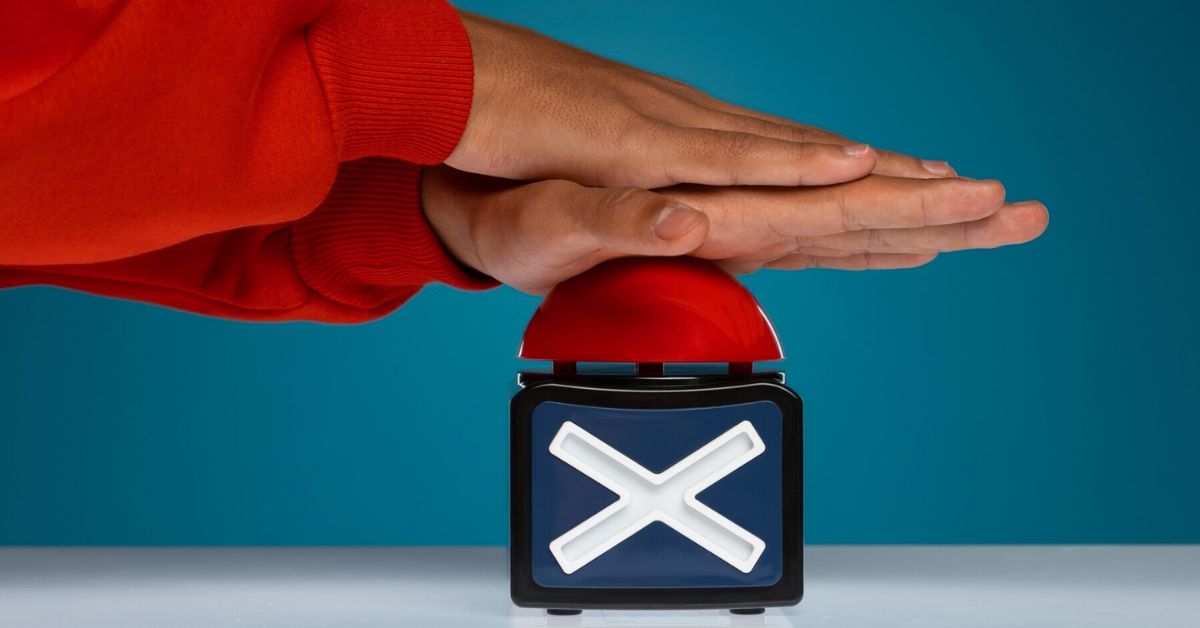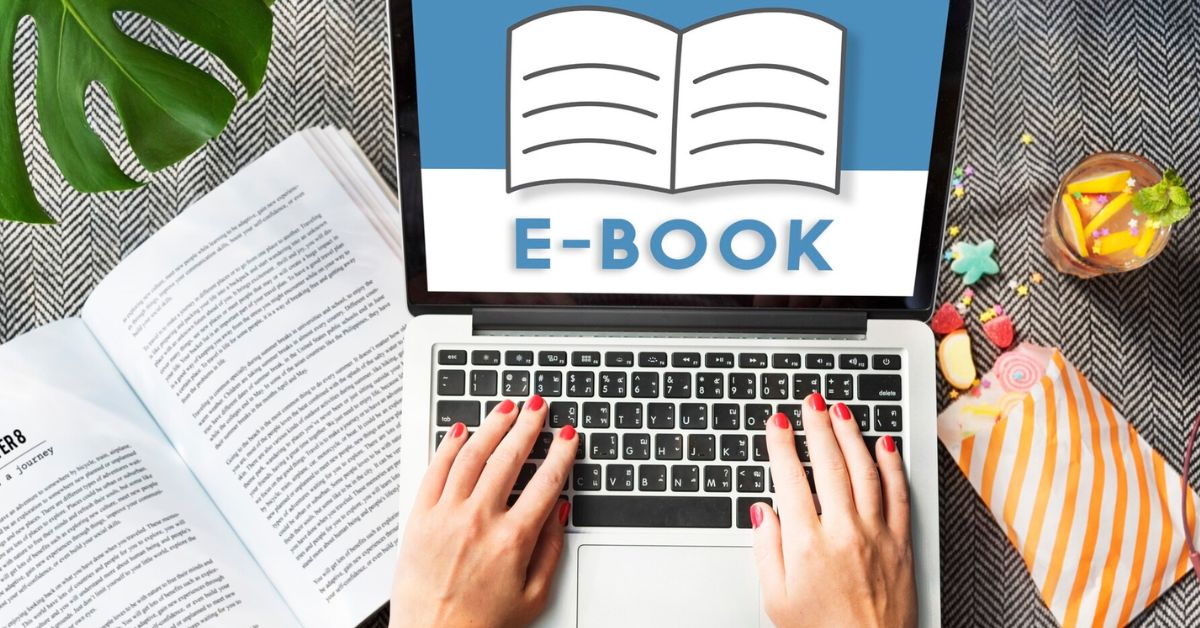Storyboarding is a vital aspect of the visual arts, especially for filmmakers, animators, and even marketers. It is a graphic representation of how a movie, video, or any visual ashley ann tahilan storyboard guide, scene by scene. Think of it as a comic strip designed to visualize a project before the actual filming or production takes place. Storyboarding helps you stay on track, ensuring all the creative elements come together cohesively.
But why is storyboarding so crucial in visual projects? Because it bridges the gap between an idea and its visual execution. Without a solid storyboard, a film or visual project can easily go off the rails, causing unnecessary delays, wasted resources, and miscommunication among team members.
Who is Ashley Ann Tahilan?
Ashley Ann Tahilan is a name that resonates within the filmmaking and animation community, known for her expertise in storyboarding. With a background deeply rooted in visual storytelling, Ashley has made significant contributions to the world of film and television. Her storyboarding techniques have been celebrated for their clarity, innovation, and ability to bring scripts to life with precision.
She has worked on a variety of projects, from indie films to large-scale productions, providing each with a structured yet creative foundation. Her approach to storyboarding not only reflects her technical expertise but also her ability to communicate complex ideas through simple, effective visuals.
MUST READ: Exploring the Benefits of Bexistplayerafterlogout in Your Blog Content
Why Storyboarding is Essential for Filmmakers
Streamlining the Creative Process
Storyboarding is the blueprint of any visual production. It takes abstract ideas from the script and converts them into a visual format, ensuring that the director, cinematographer, and other team members have a clear understanding of how each scene will unfold. With a well-thought-out storyboard, production becomes far more efficient, as everyone knows what’s expected before the camera even starts rolling.
Enhancing Communication within Teams
When multiple creative minds are working together, miscommunication can easily happen. Storyboards act as a universal language between directors, producers, designers, and even actors. It provides a tangible reference point for all members, making sure that everyone is on the same page.
Saving Time and Resources
Pre-planning with a storyboard can save countless hours during production. By having each shot, angle, and camera movement planned, you reduce the risk of costly errors and ensure that filming proceeds smoothly.
The Basics of Storyboarding
What is a Storyboard?
A storyboard is essentially a sequence of drawings, typically with some direction and dialogue, representing the shots planned for a film or video production. It’s used in the pre-production phase to visually plan the narrative.
Elements of a Good Storyboard
A well-executed storyboard includes several key components:
Visual Layouts
This is the actual drawing or illustration of each scene. You don’t need to be an artist to do this. Simple sketches or even stick figures can suffice, as long as they convey the intended action.
Direction Notes
Direction notes help indicate camera angles, movements, and other important technical details. For example, is it a wide shot or close-up? Is the camera panning or staying still?
Dialogue and Actions
In addition to the visuals, you’ll also need to include key pieces of dialogue and actions to ensure the flow of the story.
Ashley Ann Tahilan’s Approach to Storyboarding
What makes Ashley Ann Tahilan’s storyboarding stand out? Her unique approach lies in her ability to balance structure with creativity. She doesn’t overcomplicate the process but ensures that every detail is accounted for. She often emphasizes the importance of simplicity, focusing on clean lines and clear communication rather than overly detailed drawings.
Her storyboards are lauded for their ability to convey complex scenes in an easy-to-understand format, making them invaluable tools for directors and crew alike.
Step-by-Step Guide to Creating a Storyboard
Step 1: Understanding the Script
Before diving into sketching, the first thing you need to do is thoroughly read and understand the script. Break it down into scenes and identify the key moments that need visual representation.
Step 2: Sketching the Scenes
Start by sketching rough visuals of each scene. You can use a variety of tools for this, from traditional sketchbooks to modern software like Storyboard That or Toon Boom.
Step 3: Adding Details and Notes
Once the basic sketches are done, add in direction notes, dialogue, and any other critical details. This helps ensure that all aspects of the scene are captured.
Step 4: Reviewing and Refining the Storyboard
Finally, review your storyboard and get feedback from others involved in the project. Collaboration is key to refining your work.
Common Mistakes in Storyboarding
While storyboarding is a crucial part of the creative process, there are common mistakes that can hinder your progress:
Overcomplicating the Design
Sometimes, too much detail can clutter the storyboard, making it difficult to follow. It’s essential to strike a balance between clarity and detail.
Ignoring Key Elements Like Camera Angles and Dialogue
A storyboard isn’t just about visuals; it’s also about how the scenes will be filmed and the dialogue that accompanies them.
Not Considering the Flow of the Story
Ensure your storyboard has a logical flow. Each scene should smoothly transition to the next.
How to Avoid These Mistakes
To avoid these pitfalls, keep your storyboard simple yet informative. Focus on clear communication and ensure that your drawings and notes are easy to understand.
Tools and Resources for Storyboarding
There are plenty of tools available for creating storyboards, both traditional and digital. Some of the most popular options include:
- Storyboard That: A web-based software perfect for beginners.
- Toon Boom: A more advanced option for professional animators.
- Traditional Sketchbooks: For those who prefer the tactile experience of drawing by hand.
Case Studies: Ashley Ann Tahilan’s Notable Works
Example 1: [Notable Film or Project]
In this project, Ashley’s storyboards were pivotal in visualizing complex action sequences, ensuring the film maintained a fast pace without losing clarity.
Example 2: [Notable TV Series or Advertisement]
Ashley’s work on this series helped streamline communication between the director and production team, ensuring that the final product matched the original vision.
Benefits of Following Ashley Ann Tahilan’s Guide
By following Ashley’s techniques, you’ll not only enhance your production process but also foster better collaboration among your team. Her emphasis on simplicity and clarity ensures that even the most complex scenes are well understood and efficiently executed.
Conclusion
In conclusion, storyboarding is an invaluable tool for filmmakers, animators, and anyone involved in visual storytelling. Ashley Ann Tahilan’s approach to storyboarding provides a clear and effective guide for professionals at any level. Whether you’re working on a large-scale film or a small indie project, having a well-thought-out storyboard will help you bring your vision to life with ease.
FAQs
What is the purpose of a storyboard?
A ashley ann tahilan storyboard guide is used to visually represent how a project will unfold, helping filmmakers plan out each scene before production begins.
Can I storyboard without artistic skills?
Absolutely! You don’t need to be a professional artist. Simple sketches or stick figures can work as long as they communicate the necessary information.
How long does it take to create a storyboard?
The time it takes varies depending on the complexity of the project, but it can range from a few hours to several days.
What software is best for beginners in storyboarding?
For beginners, Storyboard That is a great option due to its user-friendly interface and variety of templates.
What are the key elements of a successful storyboard?
A successful storyboard includes clear visuals, direction notes, dialogue, and a logical flow that aligns with the project’s narrative.
READ MORE: CLICK HERE





